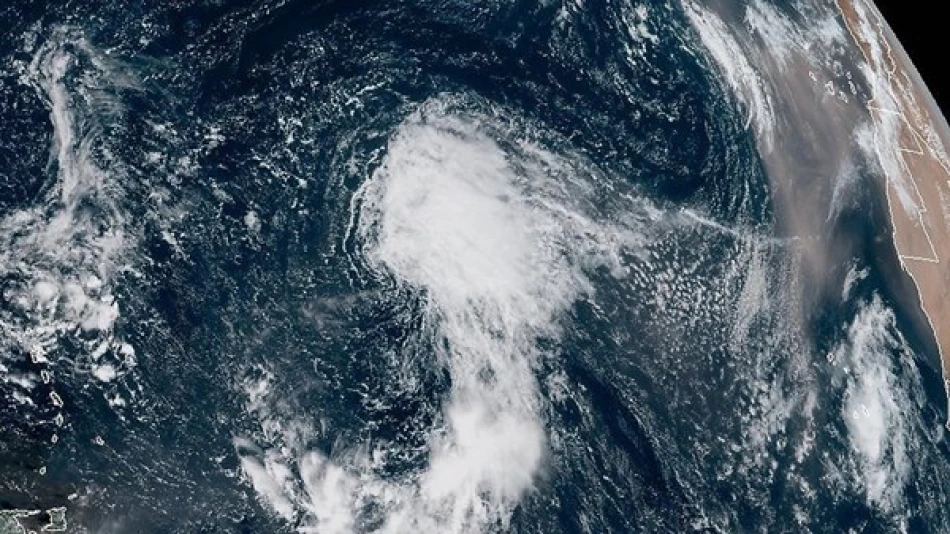
Gabriel Storm Forms in the Atlantic: Tracking the Latest Weather Developments
Tropical Storm Gabriel Forms in Atlantic, Poses No Immediate Land Threat
The National Hurricane Center has confirmed the formation of Tropical Storm Gabriel in the Atlantic Ocean on Wednesday, marking another addition to the 2024 hurricane season. While the storm remains far from any populated areas, meteorologists are closely monitoring its development as it moves through open waters with sustained winds of 45 mph.
Current Storm Position and Characteristics
Gabriel's center is positioned more than 1,000 miles east of the Northern Leeward Islands, maintaining sustained winds of approximately 45 mph as it travels north-northwest at 22 mph. The Miami-based National Hurricane Center describes the storm as having "poorly defined features," suggesting its structure remains somewhat disorganized at this early stage.
The storm's current trajectory keeps it well away from any landmasses, with forecasters expecting Gabriel to remain over open ocean waters for the foreseeable future.
Forecast and Development Potential
Short-term Outlook
Meteorologists predict Gabriel will maintain its current intensity over the next 48 hours, with little change expected in wind speeds or overall organization. However, conditions may become more favorable for strengthening as the storm progresses into early next week.
No Immediate Warnings Issued
The National Hurricane Center has not issued any watches or warnings in connection with Gabriel's formation. The storm's projected path through open Atlantic waters significantly reduces the likelihood of immediate impacts on populated areas or shipping lanes.
Seasonal Context and Atlantic Activity
Gabriel's formation continues what has been an active Atlantic hurricane season, following typical patterns where storms develop from tropical waves moving westward from the African coast. The timing aligns with the peak of hurricane season, which runs from June through November, with September historically producing the most intense storm activity.
The storm's current characteristics—moderate winds and loose organization—are typical of early-stage tropical systems that may either strengthen into significant hurricanes or weaken and dissipate depending on environmental conditions such as sea surface temperatures, wind shear, and atmospheric pressure patterns.
What This Means Moving Forward
While Gabriel poses no current threat to land, its development serves as a reminder that the Atlantic hurricane season remains active. Coastal communities throughout the Caribbean and along the U.S. Eastern Seaboard continue monitoring storm developments as part of routine preparedness protocols.
The storm's evolution over the coming days will depend largely on upper-level atmospheric conditions and sea surface temperatures, factors that will determine whether Gabriel strengthens into a more significant system or gradually weakens as it moves through the Atlantic basin.
Most Viewed News

 Layla Al Mansoori
Layla Al Mansoori






